
Since last October, it has become common to see red spots in the ocean at Guanacaste’s beaches. This phenomenon is known as a red tide. And although it’s common for it to occur between December and March, it’s not usual for it to last for so long. The last times this phenomenon lasted so long were in 2005 and between 2009 and 2010, which severely affected corals in Guanacaste.
Now, for a month and a half, residents and tourists in Playas del Coco, Hermosa, Panama and other beaches in the North Pacific have reported large numbers of dead sea urchins on the coasts in these places.
The Center for Research in Marine Sciences and Limnology (CIMAR-UCR) attributed these massive deaths to the possibility that these animals have been intoxicated due to the red tide.
What is a red tide?
A red tide is a phenomenon that occurs when microalgae called dinoflagellates, which aren’t visible to the human eye, carry out the process of photosynthesis (the metabolic process by means of which some organisms convert carbon dioxide into oxygen). Under certain conditions of fertilization, carbon dioxide, oxygen and water, microalgae begin to grow. This is visually perceived as a red stain in the water, which is known as a red tide.
Cindy Fernandez, a biologist and researcher at CIMAR who is a specialist in algae, explained that these organisms are always in the ocean, but when the water has so many nutrients, the organisms grow until they become perceptible to the human eye because they have reddish or orange pigments, depending on the species. The red tide is a natural phenomenon and not all of the organisms (microalgae) that produce it are toxic, although the ones that are in Guanacaste are.
In the North Pacific, it normally occurs from December to March due to the natural nutrients that increase in the water due to wind currents, with which the dinoflagellates grow and later die.
“At these times, these algae have the possibility of turning into cysts. They’re at the bottom of the ocean, waiting for favorable conditions. Then they are said to form cysts, and they stay hidden in the ocean mud. When there are many nutrients, they begin to come out, as if the cyst bursts,” explained Fernandez.
These microalgae clean the ocean of waste products from other animals (such as sediment or feces), which are nutrients for them. The red tide is a common phenomenon of the natural cycle of organisms. What is not so normal is for the red tide to last so long.
Why has it been at our beaches for so long?
Due to the large amount of rain, in addition to the natural nutrients that are in the ocean, such as dead animals or their waste products. There are also nutrients that go from the land to the ocean. This works as a fertilizer for the algae to grow even more.
According to the biologist, if the increase in rainfall is added to waste from human activities in the Greater Metropolitan Area that finally ends up in the sea, deforestation, and the dumping of wastewater generates the perfect conditions for the red tide to continue for a long time.
How does it affect different species (including us)?
The effect that a red tide can have on humans and animals depends on the species of dinoflagellates that causes it.
One way it affects fish is by sticking to their gills (their respiratory organs), which prevents the fish from filtering oxygen and kills them. Another way is that it reduces the oxygen level in the water. Microalgae breathe in oxygen and release carbon dioxide, causing fish to drown. This process is called eutrophication.
It damages molluscs through “bioaccumulation.” In other words, when the molluscs eat other species that consumed the dinoflagellates that produce a red tide, then the toxin accumulates through the food chain.
This is also how it harms people. Human beings can consume shellfish that carry this toxin, causing diarrheal poisoning in most cases.
CIMAR biologist and researcher Juan Jose Alvarado mentioned that the death of sea urchins in Playas del Coco, Hermosa, Panama, and other nearby beaches is the most serious consequence from this red tide that they have recorded.
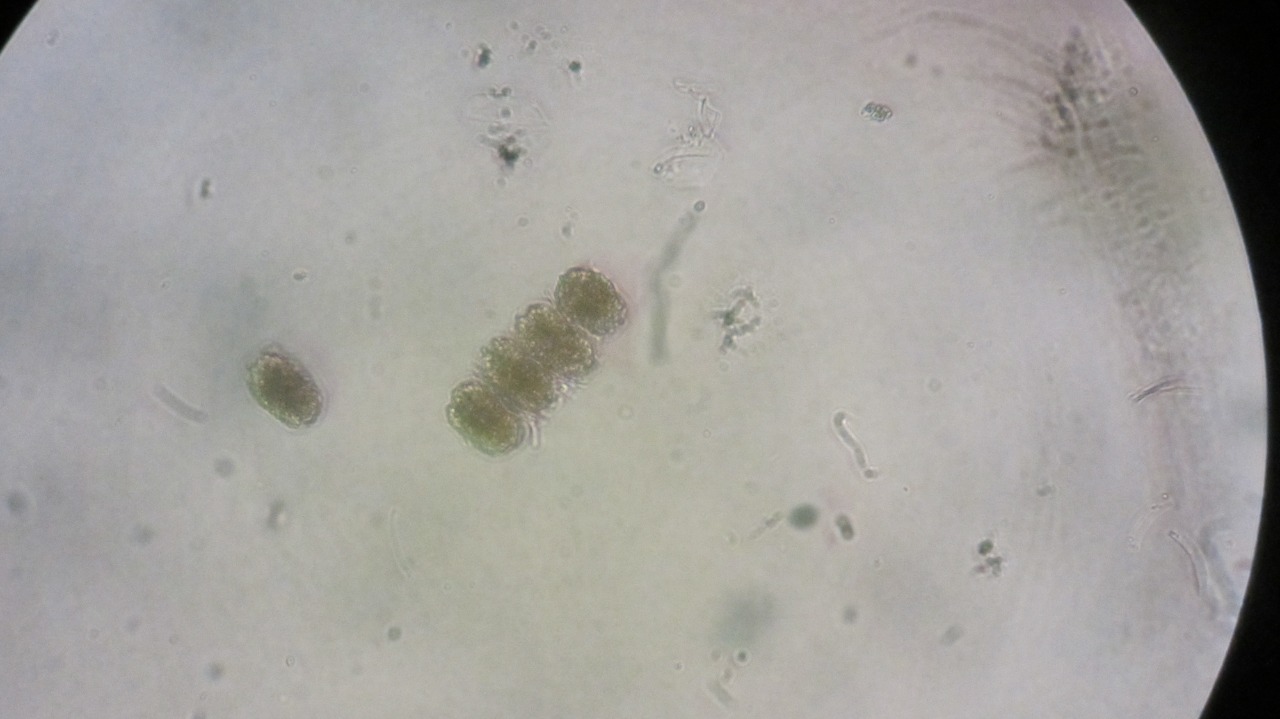
The microalgae that produce red tides aren’t visible to the human eye, but they are always in the sea, even when there isn’t a red tide. (Photo: Cindy Fernandez Garcia)
According to Alvarado, they have been receiving notifications about the death of sea urchins since mid-June, with reports of 30 or 40 dead sea urchins. However, during the last week of July, 3,000 dead sea urchins were counted on Panama Beach, while almost 4,000 were found dead on Hermosa Beach.
There are reports of starfish and turtles that have also died in smaller numbers. In February, they also noted corals affected in Playas del Coco, but they aren’t currently suffering damage, probably because it’s a different species that’s causing the red tide, according to the biologist.
Previously, in 2005 and 2010, the corals were severely affected mainly due to red tide, which caused the coral coverage to drop in a hurry in the area.
Fishermen Affected
The National Animal Health Service (SENASA) confirmed to The Voice of Guanacaste that some analyzes have revealed the presence of toxins harmful to human health in some molluscs.
Currently there is a ban on shellfish fishing in El Coco (Playas del Coco) and in Las Catalinas. However, according to Ruben Rodriguez, the person in charge of the Chamber of Fishermen of Guanacaste’s collection center, this hasn’t been the greatest impact caused by the red tide.
The main impact that it has caused to the fishermen has been the difficulty in being able to fish for octopus, since that animal and lobsters are the species that are fished and marketed the most. The technique they use is diving, and the red stain in the ocean makes it impossible for fishermen to have good visibility underwater, which has caused octopus to come out in smaller numbers than in previous years.
There are weeks, there are months when divers can’t go out at all. They tell me ‘you can’t dive. The water is so thick that you can’t see the product,'” Rodriguez explained.



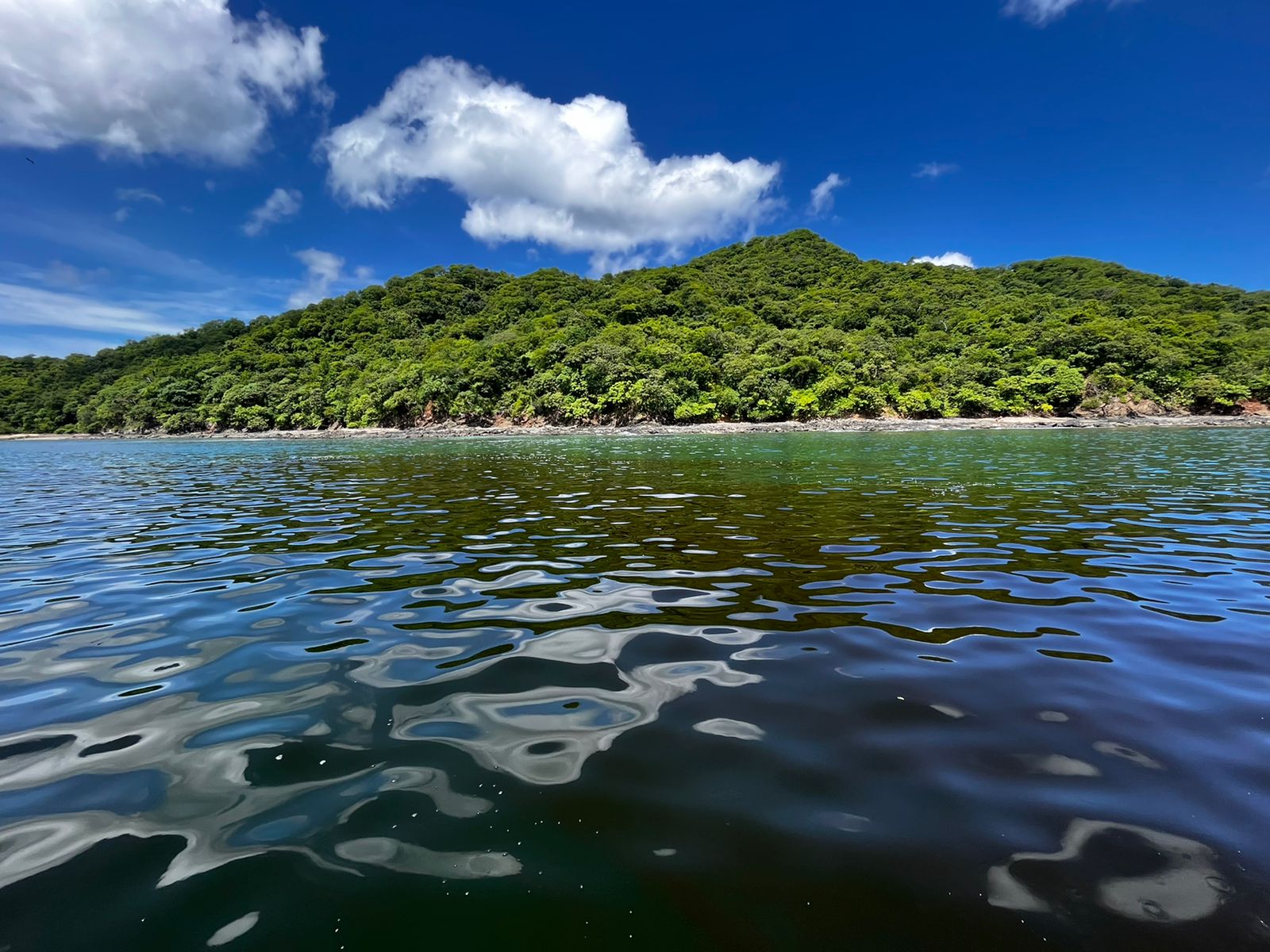
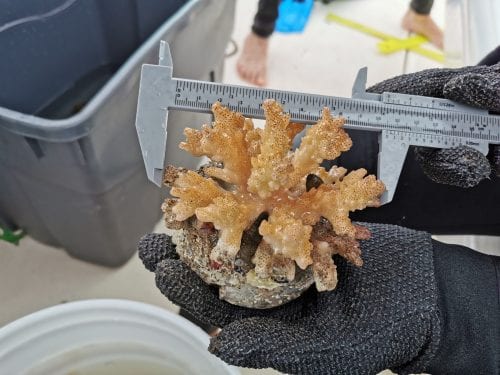
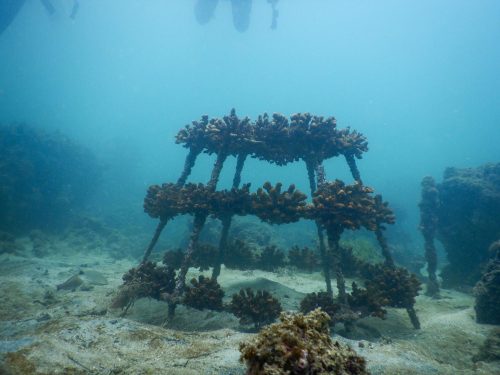
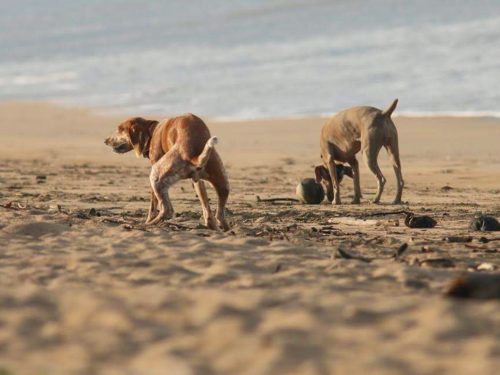

Comments